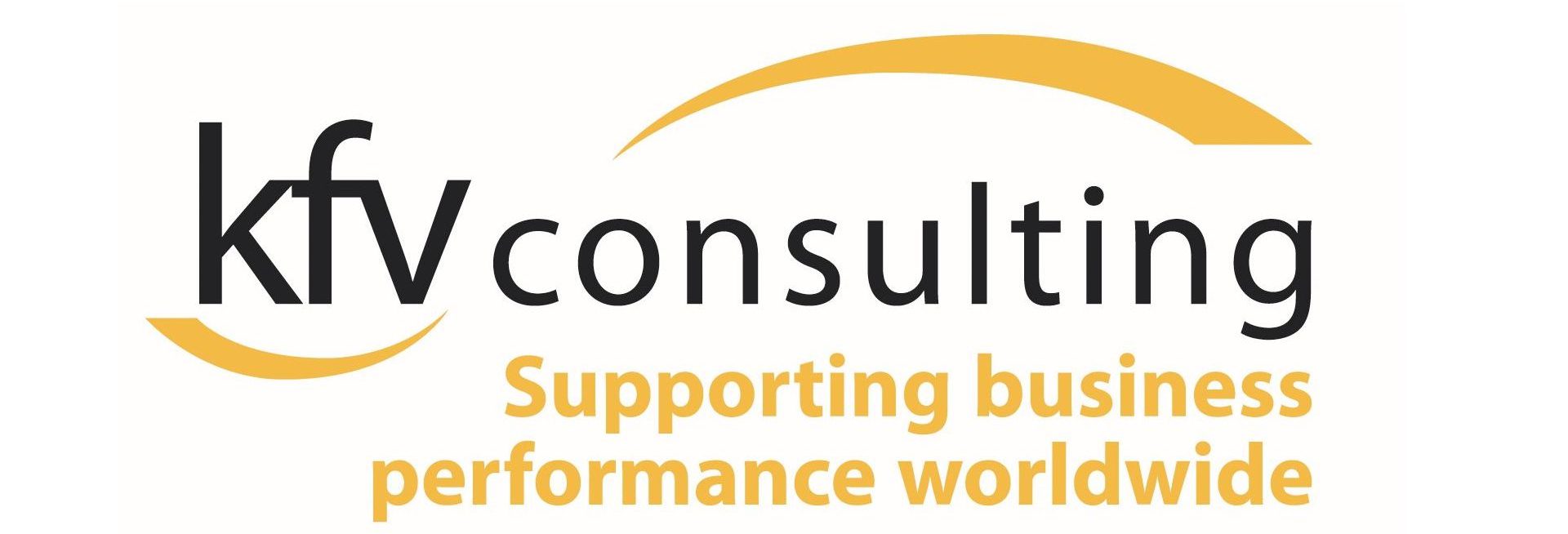Building an organisation’s safety culture post Covid-19
We’re in a new era – at least it feels like it. The entire business world can press its reset button. Covid-19 or not, a clear pattern is emerging. People are now aware of some of the risks in dealing with viruses. Is their new Mindset aligned to the risks pre-Covid-19? Now, closely behind the pandemic, follows the next wave of disruption—the biggest economic shock since the 1940’s— and it’s headed our way. This will not just be an economic shockwave. Like lockdown, it will drive change in everyone’s behaviours -workforce and customer alike.
Planning for the new future?
To embrace both Covid-19 guidelines and existing safety issues, business leaders should consider proactively shifting the workforce mindset to create a new safety culture. For optimum success in shifting the safety culture and improving business performance, there are five key ingredients in any recipe:
- Transition from focus on profit to focus on business purpose
- Shift from business hierarchies to developing people networks
- Move from behaviours and processes that control to behaviours and processes which empower
- Adapt systems and control measures be open to new processes
- Finally add transparency, share, and communicate widely again and again.
This sounds straightforward, what could possibly go wrong
We humans are all wired in similar ways, in times of change, people gravitate to the safe and certain – the things they know best and understand. At present, this may well constitute resorting to business practises and leadership styles pre-Covid. If you keep doing the same things, you will keep getting the same results. In this new era, to meet the combined business and safety challenges, it’s time to reboot the culture.
Transition from focus on profit to business purpose”?
It’s the time for leaders to take a broader view. Work with your team and consider: what is most important now? What is missing? What are the worst outcomes? What are the best outcomes? Then, use all those answers to ascertain what might occur from now and how you may influence it differently. It is important to understand your broad direction of travel – the” big idea” or goal which you can stand for in the new future.
By carrying out this exercise, all these uncertainties will be contained in smaller, manageable boxes. This will also avoid confusion and provide early signals for success or failure.
A safety leader’s job is more than dealing with risks, uncertainties or anticipating and navigating alterations to the business. The safety leader must encourage adoption of initiatives by linking all work activities to an organisation’s purpose – its reason for being. This will also link into the human desire to be part of something bigger than themselves. It is not what safety leaders accomplish; it is what they cause others to achieve. So, a clarity of future purpose will be essential.
The Pre-Covid business hierarchies discourage engagement.
Despite the shift in working patterns created by Covid-19, right now people will be the instruments for, and potentially the barriers to, change. Amid uncertainty generated by a crisis, leaders often feel an urge to limit authority to those at the top, with a small team making the big decisions behind virtual closed doors. I have heard from numerous companies where this has been the case. Senior leaders too busy in their daily huddles to actively engage with their teams.
Unfortunately, it is then deemed appropriate to cascade information requiring actions is downwards and outwards. This deprives your workforce of any real commitment in the proposed actions. It inevitably leads to communication breakdowns, potential disaffection and lack of involvement. So, leaders should reject the hierarchical model that they thought comfortable and encourage flatter organisations, seek out debate with many more stakeholders and hear their different views.
Organisational unity and safety culture acceleration occurs when organisations create internal tribes. Any group of twenty to one hundred people is a tribe each will have a leader who enhances the group. Every single leader should then own the engagement, stimulation, and development of their people. These tribal leaders must be careful in the language they employ. They should use words and statements to elevate conversations, enhance capabilities, and basically, build commitment around a common cause. This creates a highly effective, more connected safety culture, where all employees can have greater impact.
In pre-Covid-19 “business as usual”, successful managers knew how to say the right things, navigate the system, and manage messages so that people heard what they want to hear. A different type of character is required for uncertain times. People who stay calm, curious and flexible. People who can make decisions, with the best interests of the organisation (not their careers) in mind.
How do you shift to behaviours and processes which empower?
Pre-determined policies, procedures and programmes expect strict adherence in every circumstance. In times of uncertainty, processes may also be misdirected and cease to serve the organisation. Post-Covid, with the adaptation to greater use of technology, businesses will be operating at higher speeds. Bias decision-making toward speed and encourage people to challenge (instead of breaking the rules) existing procedures if they are not fit for purpose.
When making the move to empower others, don’t just pick the usual suspects to lead your processes—not everyone is cut out to lead in uncertain times. Most of us basically want people to believe that people are like us. That their belief systems, values, and subsequent behaviours reflect their own moral compass. When this gets challenged, it can cause more imbalance than most people are ready to acknowledge. Choose the people who are passionate about safety as well as the business.
Social interaction is central to our everyday lives.
In times of Covid-19, our ability to flexibly navigate and learn from social interactions and develop social relationships has been impaired. So many people miss the opportune chats in the workplace. Despite every digital device and process, leaders will need to go back to basics. Make emotional connections with others in their tribe to make things happen.
Communicate, communicate, communicate.
How a leader communicates and interacts internally will determine their culture. An electronic missive is not the solution to being proactive about sharing the message. Communication breakdowns and misunderstandings can lead to, what may be, tragic consequences.
Your business is a network of connections.
Use language to seek and offer support. Use every method available and communicate repeatedly across all media. Above all, take the time to discuss with others to make sure they understand.
Heading towards a safer future, organisations will need more communication, greater emotional intelligence, as well as agility. In conclusion, wherever your business might be heading, to stay ahead and optimise the lessons from pandemic by changing your leadership style and leverage the combined resources of your workforce.

